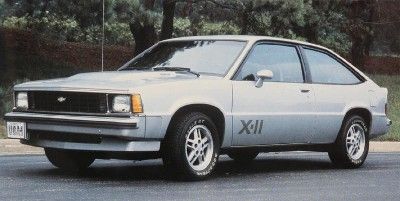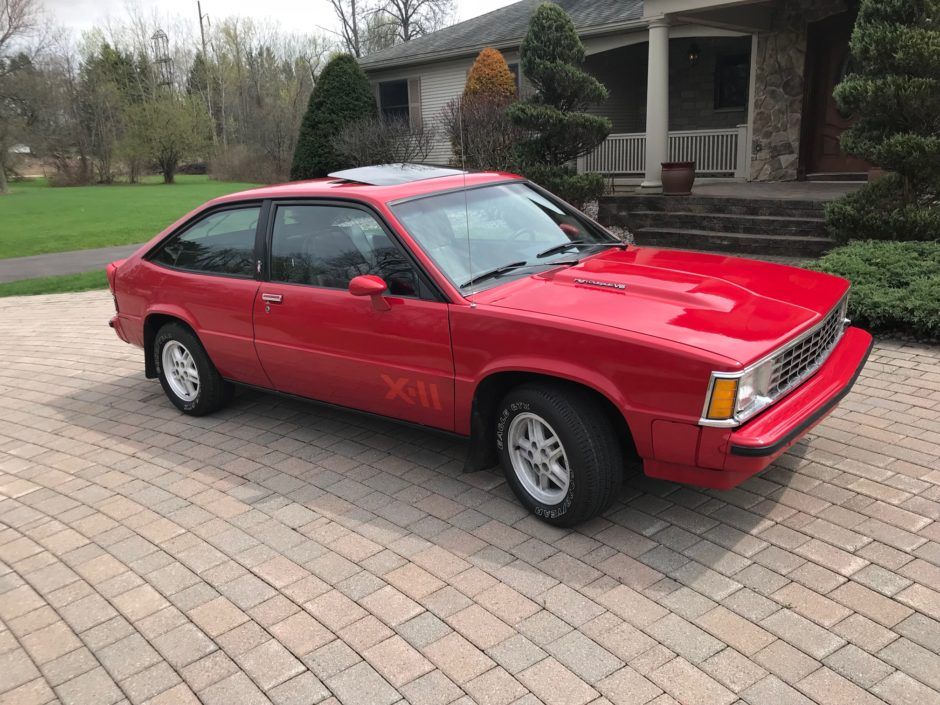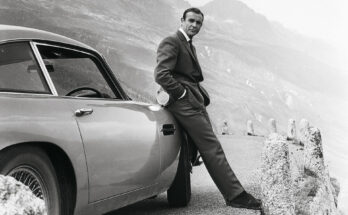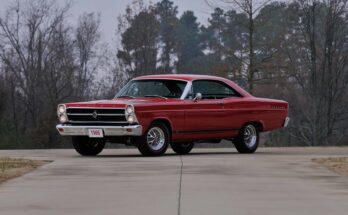The 1981 Chevrolet Citation X-11 is widely regarded as the best year to buy this model due to its significant performance upgrades over the 1980 model and its relative refinement compared to later years. The Citation X-11 was Chevrolet’s attempt to inject sporty flair into the X-body platform, a front-wheel-drive compact designed to compete with fuel-efficient imports like the Honda Accord and Toyota Camry during the early 1980s fuel crisis. While the Citation lineup as a whole suffered from a poor reputation due to quality issues and recalls, the 1981 X-11 stands out as a high point for enthusiasts, offering a compelling mix of performance, handling, and affordability. Below is a detailed look at why 1981 is considered the best year for the Citation X-11.

Why 1981 Is the Best Year
- Introduction of the High-Output 2.8L V6 Engine
The 1981 Citation X-11 received a high-output version of the 2.8-liter V6 engine, producing 135 horsepower and 165 lb-ft of torque, a significant improvement over the 1980 model’s 115-hp V6 or 90-hp 2.5L Iron Duke inline-four. This engine, paired with a less restrictive dual-tip exhaust and a functional hood scoop, enabled the X-11 to achieve 0-60 mph times of around 8.5 seconds, competitive with some sports sedans of the era, like the 1981 Corvette (8.1 seconds). The 1981 model’s power output remained strong compared to later years, where emissions regulations reduced torque and horsepower slightly (e.g., 145 lb-ft in 1982–1984 and 130 hp/155 lb-ft in 1985 with fuel injection). - Enhanced Suspension and Handling
The 1981 X-11 featured a model-specific F41 sport suspension with front and rear stabilizer bars, retuned for better handling. It was equipped with 14-inch alloy wheels and Goodyear P215/60R14 Eagle GT tires, which contributed to impressive skidpad performance of 0.85G, rivaling some of the best sports sedans of the time. These upgrades made the 1981 X-11 a standout for its agile handling, despite the platform’s known torque steer issues, which were never fully resolved but were less pronounced than in base Citations. - Transmission Options
The 1981 X-11 offered a four-speed manual transmission, which was discontinued after this year, making it a favorite among enthusiasts for its engaging driving experience. A three-speed automatic was also available, but the manual was preferred for its sporty feel and ability to maximize the V6’s performance. The manual transmission’s gearing was optimized with a taller first gear, allowing the X-11 to reach 60 mph without shifting to third, enhancing acceleration. - Styling and Features
The 1981 X-11 received updated cosmetic enhancements, including orange X-11 graphics (replacing the 1980 model’s side stripes), a small rear spoiler, side skirts, body-colored mirrors, and a black grille. These gave it a sportier appearance compared to the standard Citation. Inside, the X-11 featured a full gauge cluster, a sporty steering wheel, and optional upgrades like a sunroof, making it appealing to younger drivers. The 1981 model was available as a three-door hatchback or a two-door notchback “Club Coupe,” with the hatchback being the more popular and practical choice. - Improved Quality Over 1980
The 1980 Citation, including the X-11, was plagued by significant quality issues, including rear brake lockup problems that led to recalls and a tarnished reputation. By 1981, General Motors had addressed many of these early teething issues, such as improving the brakes and overall build quality, making the 1981 model more reliable than its predecessor. While the Citation never fully overcame its reputation for poor quality, the 1981 X-11 was a marked improvement, offering a more polished driving experience.

Comparison to Other Model Years
- 1980: The inaugural year for the Citation X-11 was more of an appearance package with the same 115-hp 2.8L V6 or 90-hp 2.5L inline-four as standard Citations. It lacked the high-output engine and refined suspension of the 1981 model, and it suffered from the X-body platform’s initial quality issues, including brake problems that led to recalls.
- 1982–1984: These years saw minor updates, but emissions regulations reduced the 2.8L V6’s torque to 145 lb-ft while maintaining 135 hp. The four-speed manual was discontinued after 1981, leaving only the three-speed automatic, which dulled the driving experience. Sales dropped significantly due to the Citation’s poor reputation and increased competition from imports like the Honda Accord and Toyota Camry.
- 1985: The final year introduced fuel injection to the 2.8L V6, but output dropped to 130 hp and 155 lb-ft, and the four-speed manual was no longer available. While fuel injection improved efficiency, the performance was less impressive than in 1981, and the model was discontinued after this year.

Why the 1981 X-11 Stands OutThe 1981 Citation X-11 was the peak of the model’s run, combining the most powerful engine, the best handling package, and the availability of a four-speed manual, which was discontinued in later years. It was also the year when GM had addressed many of the 1980 model’s major flaws, resulting in a more reliable and enjoyable car. Despite the Citation’s overall poor reputation—due to issues like torque steer, subpar build quality, and recalls—the X-11 was praised for its performance, with publications like Hot Rod calling it a “world-class small car” and noting its competitive 0-60 times and handling. The 1981 model’s rarity today, with only 20,574 X-11s sold across the Citation’s entire run, adds to its appeal for collectors and enthusiasts.


